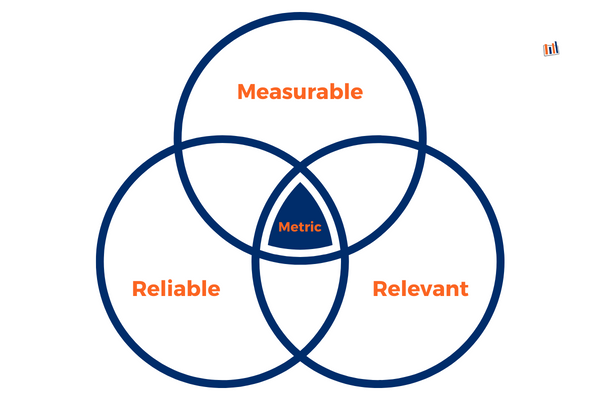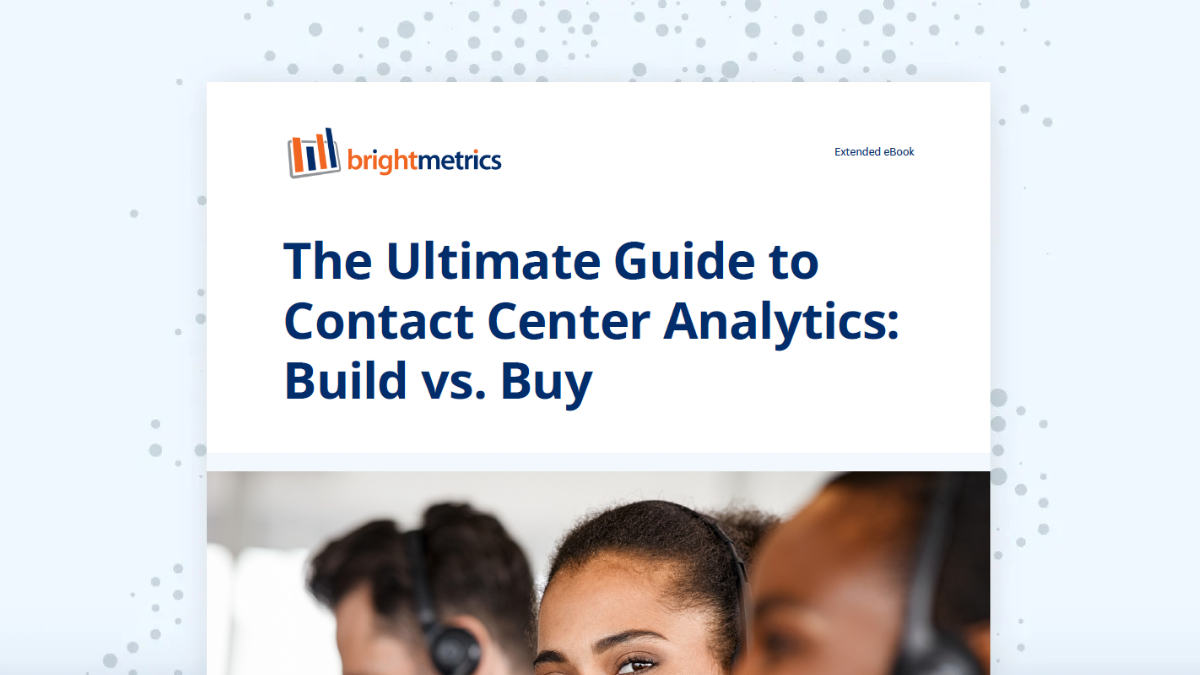What are the best call center metrics to track? Which ones should you set goals for and base reporting on? Some key metrics provide valuable insights into your call center’s organizational workflows. Others offer little value for your center and can complicate matters when measuring agent performance or tracking customer satisfaction. Performance analysis is supposed to help day-to-day operations, not hinder them. Learn how to find the most effective call center metrics below.
What Makes a Good Call Center Metric?
It’s hard to know which performance metrics to measure in your call center. Some are so obscure that they provide little actionable value. Others will provide your center with the in-depth intelligence you need to solve operational problems and make smarter decisions that benefit customers, agents, and your overall organization.
Whatever analytics platform is being implemented, call center metrics should always be:
- Measurable
- Reliable
- Relevant

Measurable
When selecting a performance metric, consider how measurable it is. For example, Abandonment Rate measures the number of inbound calls where a customer disconnects before reaching an agent for help. Call abandonment rate is quantifiable, and you can express this metric as a percentage. This percentage rate gives managers and their teams awareness of staffing, customer satisfaction, and training opportunities.
Abandonment rate can also be measured over time and offer call center busy hour trends and staff forecasting insights. Measurable metrics provide a context for team performance, enabling data-driven decision making and goal-setting.
Reliable
Ask yourself whether the metrics you want to track are reliable. Do these metrics really reveal information about your call center’s agent and customer interactions, or are they vague indicators of performance? For example, First Call Resolution (FCR) is when your agent can fully resolve the customer query on the first interaction with no follow up interaction. While this metric is simple to define, it can be more complex to measure and rely on. If the customer calls back within 24 hours, it may suggest that the first agent did not fully address the customer’s concern. Or it is also possible the caller needs to call back for an unrelated issue.
Now compare FCR with Average Handle Time (AHT). This metric refers to the average length of the customer interaction. It involves the entire duration that the customer is on the line, including the transfers and hold times, along with the after-call work. While both FCR and AHT are valuable when evaluating team members and overall performance, AHT is a more reliable measurement to compare over time and against standards or goals.
Relevant
Finally, consider whether a particular metric is relevant. Do your metrics actually help you solve complex business challenges? Or are they just ‘vanity metrics‘ that look good on the surface but reveal little information about your call center? All your metrics and KPIs should reflect your call center’s key drivers.
For example, metrics should help you keep customers or speed up workflows. If a metric doesn’t provide any relevance to your business, don’t use it. Successful data analysis is not about how many metrics you monitor but which ones help you achieve your long-term goals.
Also, think about whether the metrics you currently measure will be relevant in the future. A particular metric might provide worth now, but not in a few months or years.
Why Are Metrics Important?
Metrics are quantifiable measurements that track the success of your call center operations. Most centers use them to identify patterns and trends in data and make better decisions that grow their business.
You can use metrics to:
- Monitor agent performance
- Gauge customer satisfaction
- Improve call handling times
- Decrease wait times
- Reduce customer churn
- Speed up workflows
- Identify ways to cut costs in your call center
Metrics and Key Performance Indicators (KPIs) are inherently good. They reveal insights about your business that you might not have considered, allowing you to improve all kinds of call center processes. However, metrics are only useful if you understand them or know how to use them to improve customer experiences.
Use the Right Tools to Analyze Call Center Metrics
Some call center analytics and reporting tools make data analysis a chore. For example, complicated dashboards that are not customizable or useful in tracking performance metrics. Analytics services, like Brightmetrics™, let you create customizable dashboards and reports that suit your call center’s bespoke needs. You can drill down to the information you need through high-level call center metrics and access detailed interaction data on your terms. Brightmetrics knows that no two centers are the same, making it simple to analyze the metrics for your unique business.
Finding the right contact center metrics can result in more successful data analysis outcomes. Focus on the metrics that are measurable, reliable, and relevant instead of using a variety of metrics to track performance, productivity, and profitability. Complicating matters can make generating insights about your business more difficult and stop you from achieving your long-term goals.
Learn more about improving your call center customer experience with Brightmetrics here.




